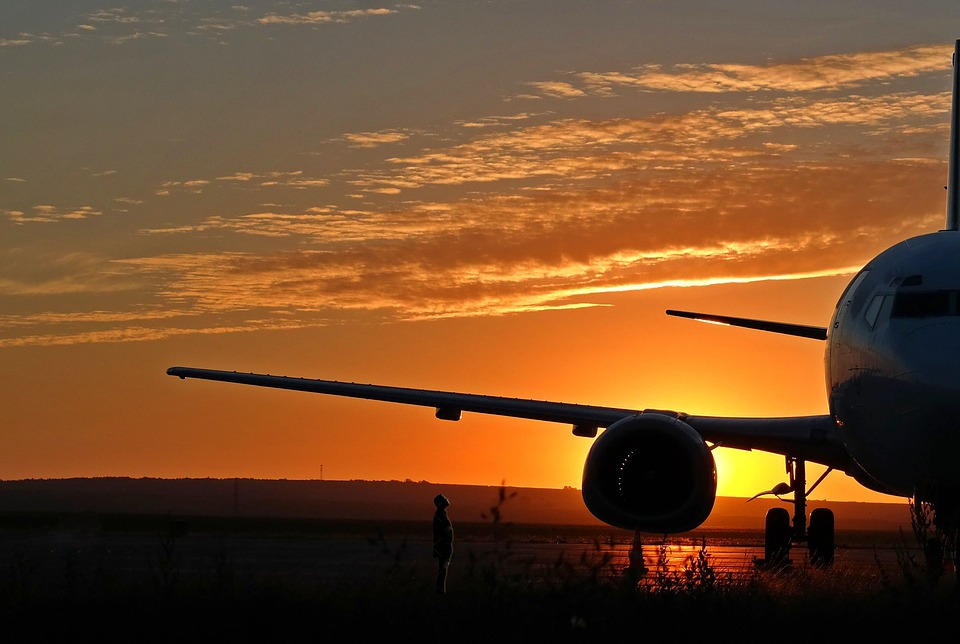It was early morning on May 14, 1908, when Wilbur Wright – one half of the renowned Wright brothers – made an easy landing on the beach at Kitty Hawk in North Carolina with a man called Charles Furnas sitting beside him. The men had been airborne for fewer than 30 seconds, but it was the first time a plane had flown with a passenger on board.
This paved the way for commercial flight and, fewer than six years later, Tony Jannus flew the first scheduled commercial airline flight, travelling from Florida’s St Petersburg to Tampa Bay. The world’s first paying passenger, St Petersburg Mayor Abram Pheil, bought his historic ticket for the 34-kilometre flight at auction for $400 (Dh1,469).
Since then, the world of commercial flight has evolved at pace. From that seconds-long maiden journey, the industry soared into the golden age of jet travel, smashing through the sound barrier along the way, as well as launching a super jumbo capable of carrying more than 500 passengers in one go.
Two pioneers in the industry, British Airways and KLM, celebrate their centenaries this year. Along with a handful of other airlines, the two companies helped to launch and shape air travel as we know it.
KLM: the world’s oldest airline
KLM is the world’s oldest airline still flying with its original name. The Dutch company was launched in 1919, with its first scheduled flight coming a year later, between London and Amsterdam. On board the aircraft were two journalists, a letter from the mayor of London and a stack of newspapers. Today, KLM operates the same daily route, albeit with a much shorter flight time and vastly different cargo.
The airline’s first intercontinental route was from the Netherlands to Indonesia. This long-haul service took weeks to complete. Since 1960, KLM has operated jet planes, making it possible to go almost anywhere in the world within 24 hours. The flight from the Netherlands to Indonesia can now be undertaken in under 15 hours.
KLM currently flies about 30 million passengers across the world each year, but in its latest advertising campaign, the airline encouraged customers to consider the environmental impact of travelling and even question whether flying was necessary.
Avianca: second in the sky
The second-oldest airline in the world is also the oldest in the western hemisphere, although you may not have heard of it. Colombia’s Avianca began operations only two months after KLM was formed. The airline’s first journey was a 16km mail delivery flight from the bustling seaport of Barranquilla to Puerto Colombia. The following year, the airline’s first passenger flight departed from Barranquilla, this time bound for Puerto Berrio.
In 1961, it entered the jet age when it leased a handful of Boeing 707s from American airline Pan Am. The Colombian company continued to add more aircraft, creating additional flight paths and destinations to its ever-expanding network.
But in the late 1980s, as Colombia suffered due to the influence of drug lord Pablo Escobar, the airline became another one of his victims. In 1989, an Avianca plane exploded shortly after take-off, killing 110 people. It was blamed on a bomb planted by one of Escobar’s men.
Avianca has since absorbed several other airlines from neighbouring countries and is today one of the largest airline groups in Latin America, with a fleet of 173 planes.
British Airways: celebrating a century of air travel
British Airways was officially founded in 1974, so why is it marking its 100th birthday this year? The airline traces its true origins back to the world’s first scheduled flight from London to Paris. This happened in 1919, courtesy of a tiny airline called Air Transport and Travel. British Airways didn’t officially come into being until 1974, when the British Overseas Airways Corporation merged with British European Airways.
One of the most important moments in BA’s aviation history took place on October 4, 1958, when the BOAC flew about 40 people from London to New York. It was the first passenger flight across the Atlantic and took 10 hours and 22 minutes…



